
In this activity students will practice ordering food, discussing their meal, and paying for their meal.
- Subject:
- Languages
- Material Type:
- Activity/Lab
- Lesson Plan
- Author:
- The Pathways Project At Boise State
- Date Added:
- 07/26/2023

In this activity students will practice ordering food, discussing their meal, and paying for their meal.
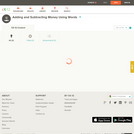
This short video and interactive assessment activity is designed to teach fourth graders about adding and subtracting money using words.
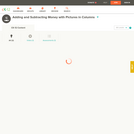
This short video and interactive assessment activity is designed to teach fourth graders about adding and subtracting money with pictures in columns.
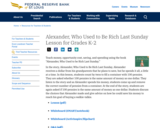
In the story, Alexander, Who Used to Be Rich Last Sunday, Alexander receives a dollar from his grandparents that he plans to save, but he spends it all, a little at a time. In this lesson, students count by twos to fill a container with 100 pennies. They are asked whether 100 pennies is the same amount of money as one dollar. They listen to the story and as Alexander spends his money, students come up and remove the correct number of pennies from a container. At the end of the story, students are again asked if 100 pennies is the same amount of money as one dollar. Students discuss the choices that Alexander made and give advice on how he could save his money to reach his goal of buying a walkie-talkie.

How the Chinese buying of American debt leads to lower interest rates. Created by Sal Khan.
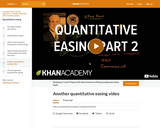
More on quantitative easing. Created by Sal Khan.
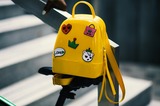
In this activity, students will practice talking about objects usually found in a backpack, they will be able to discuss and ask questions about what is in their or in someone's backpack, as well as discuss the place/location for an object.Can-Do Statements:I can talk about the items in my backpack, or in someone's backpack.I can ask about a specific thing or object.I can discuss the place of an object using the possessive pronoun.

In this activity, students will practice selling and buying vocabulary. they will be able to buy/sell a product and discuss the cost, along with sharing the names of items they bought.Can-Do Statements:I can ask how much something costs.I can sell a product to someone and discuss the price.I can share with a friend what I purchased at a market.
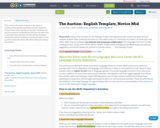
This activity will expose students to the types of currency from Spanish speaking countries. Students will purchase items through an "auction". Students will practice numbers in Spanish and will also use adjectives to describe items that they can sell and buy. Students will practice using vocabulary to persuade others to buy a product and make deals with others when purchasing the product.
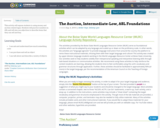
This activity will expose students to using money and auction related signs. Students will practice numbers in ASL and will also use adjectives to describe items that they can sell and buy.
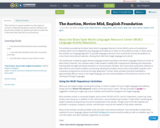
This activity is to expose students to other types of currency of Spanish speaking countries. Students will practice the numbers in Spanish and will use adjectives to describe items that they can sell and buy.
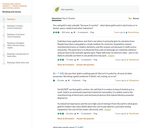
Introduction to how banks make money and the value they (potentially) add to society. Created by Sal Khan.
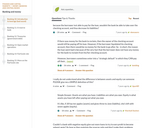
What leverage is. Why it is is good or bad. Leverage and insolvency. Created by Sal Khan.
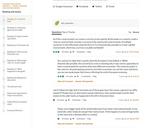
Introduction to the idea of a reserve bank. Created by Sal Khan.
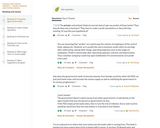
Introduction to government debt and treasuries. What it means when we say that Federal Reserve Notes are issued by the Reserve bank but are an obligation of the Government. Created by Sal Khan.
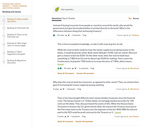
Tools of the Central Bank to increase the money supply. Created by Sal Khan.
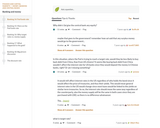
How open market operations effect the rate at which banks lend to each other overnight. Created by Sal Khan.
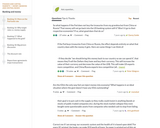
More on the mechanics of the Federal Funds rate and how it increases the money supply. Created by Sal Khan.
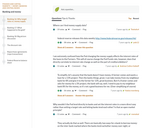
The rationale for targeting interest rates instead of directly having a money supply target. Created by Sal Khan.
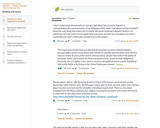
Getting off the gold standard. A short discussion of the meaning of wealth. Created by Sal Khan.